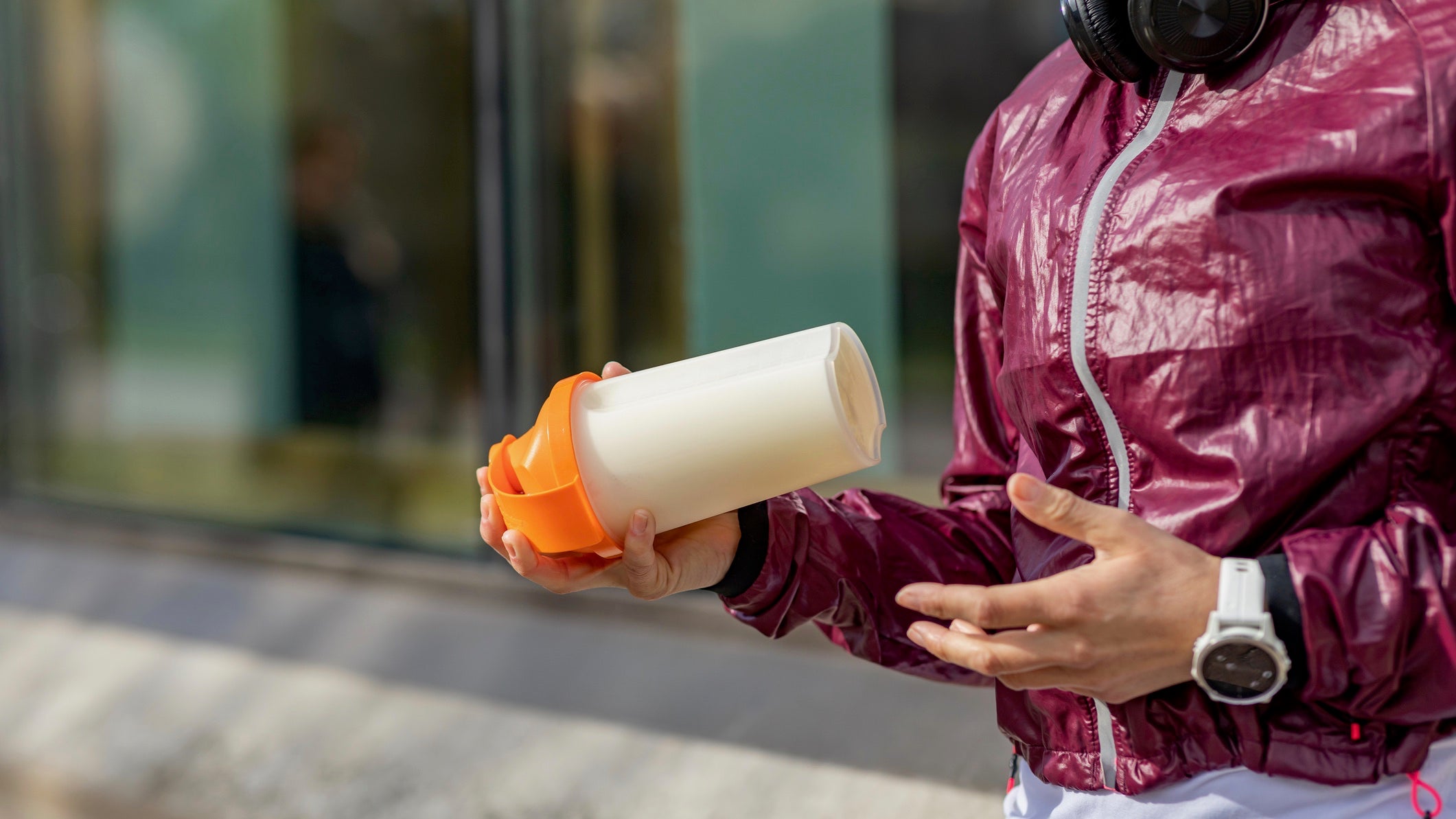Ask Stacy: What Are the Best Ways to Keep A Fast Metabolism?

(Photo: Getty Images)
Although most of us would love to be hummingbirds (noted to have the highest metabolic rate of the entire animal kingdom), there are too many variables and variations between individuals to have a “one size fits all” response to this question. We need to dive a bit into what is a “fast metabolism” and the drivers behind it before going any further.
If you have a high metabolism, or a fast metabolic rate, it means your body uses energy (or burns calories) more rapidly than someone with a slower metabolism. Your metabolic rate can be influenced by many different factors such as gender, weight, hormone function, age, and physical activity levels. Generally speaking, the leaner your body mass, the faster your metabolism is. Specifically though, your metabolism refers to a series of chemical processes in each cell that turn the calories you eat into fuel to keep you alive. We often talk about your resting (RMR) or basal (BMR) metabolic rate as being “fast” or “slow,” and when measured in a lab, we are looking at the oxygen-carbon dioxide exchange ratios to measure how many calories you burn while you’re doing nothing. Effectively your RMR is the culmination of different tissues with different needs and how many calories it takes to keep them functioning. The body’s major organs—the brain, liver, kidneys, and heart—account for about half of the energy burned at rest, while fat, the digestive system, and especially the body’s muscles account for the rest.
RELATED: Triathlete’s Complete Guide to Fueling and Nutrition
There are three main factors that make up your total daily energy expenditure:
1. Your RMR (60% to 80%)
2. The energy used to break down food (also known as the thermic effect of food, around 10%)
3. The energy used in physical activity (10% to 30%)
As athletes, we tend to think the more we train, the bigger impact we have on our total energy expenditure, but unless you are a professional athlete, it is only a blip on the statistically significant scale of impact. Ironically, heavy physical activity and inadequate calorie intake will reduce your resting metabolic rate due to a series of subtle hormone changes that directly affect appetite hormones (decreasing leptin, the key hormone that regulates hunger) and down regulate thyroid function, akin to severe calorie restriction.
Now, with that background, let’s talk a bit about what you can do to keep your metabolism healthy. There are, of course, two things we can’t directly affect: your age and your genetics. And disregard the foods touting “metabolic boosting” abilities (e.g. coffee/caffeine, chili, other spices, green tea, etc.) as they have a very short effect on your metabolism, and the change is very short-lived.
There are four major points to focus on to protect your resting metabolic rate:
1. Build and keep lean mass.
2. Eat protein across the day, with a sizable hit at breakfast (about 30 grams).
3. Do not fall into a low energy state (I have discussed this in previous columns).
4. Take care of your gut microbiome (your gut bugs help regulate metabolism, nutrient absorption, and weight management).
To achieve a fast metabolism, in short: Lift heavy weights, eat plenty of nutrient-dense (not calorie-dense) foods and protein at every meal, and diversify your gut microbiome by eating a wide variety of colorful fruit and vegetables.